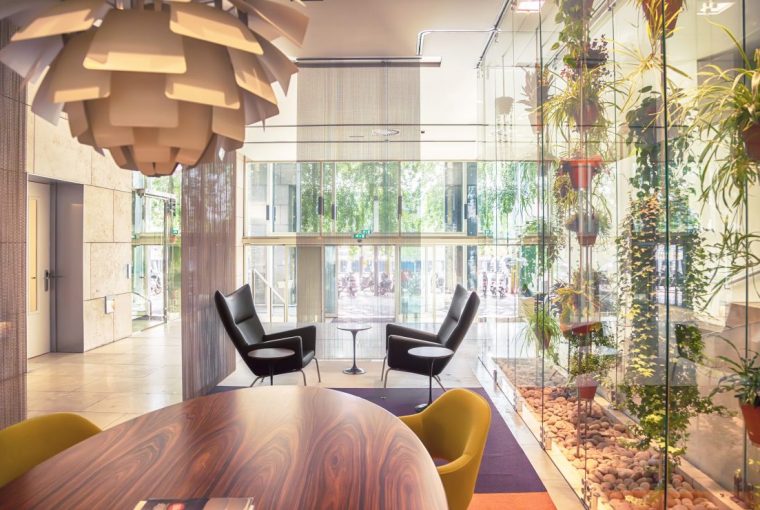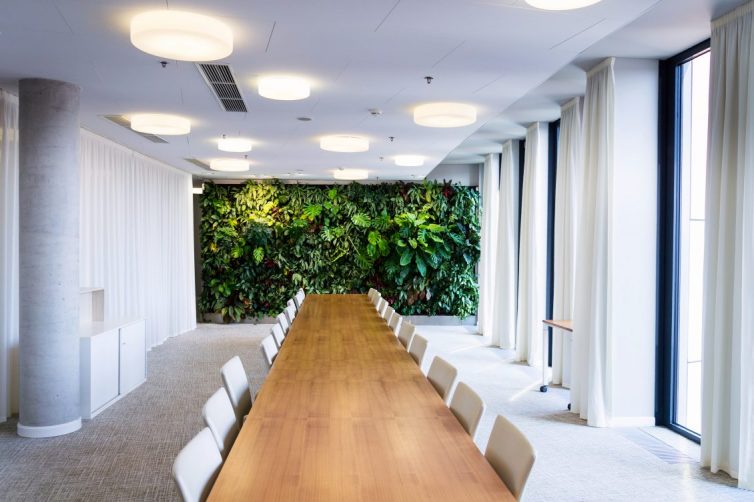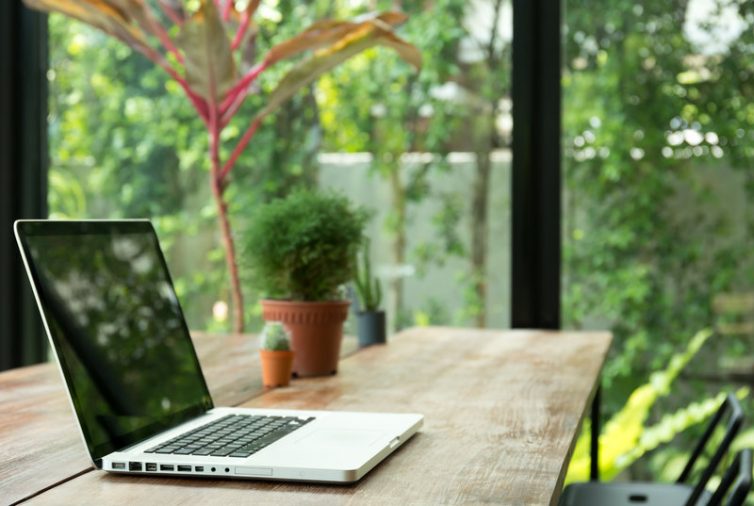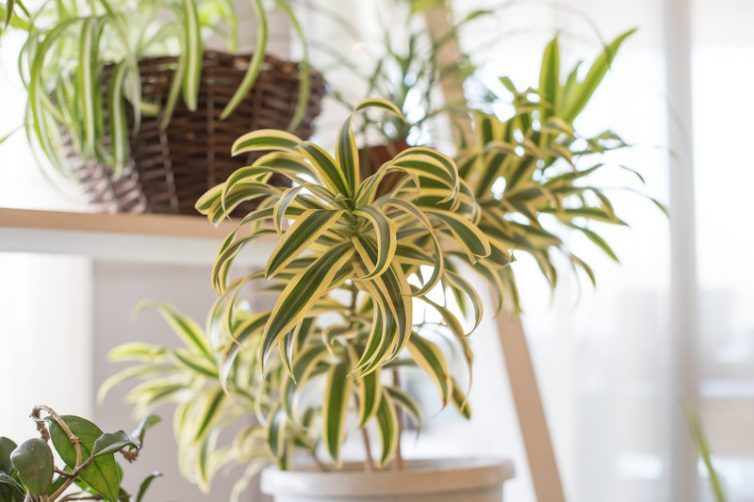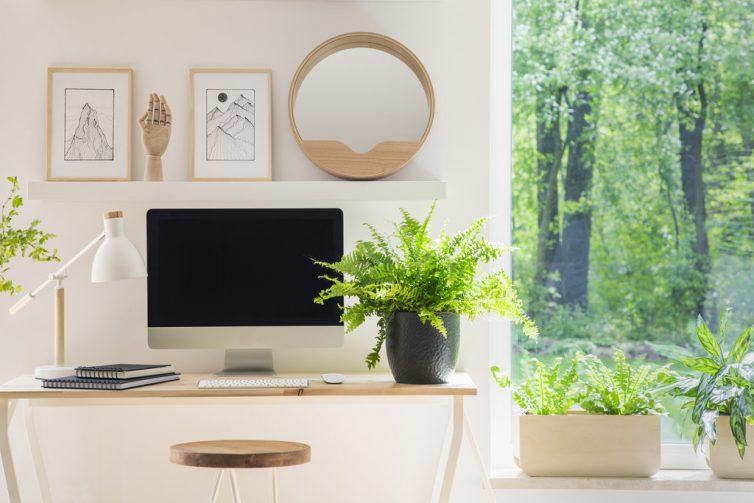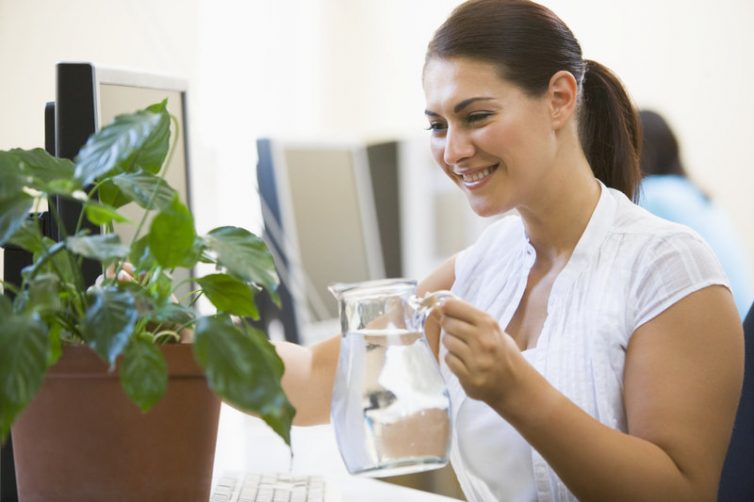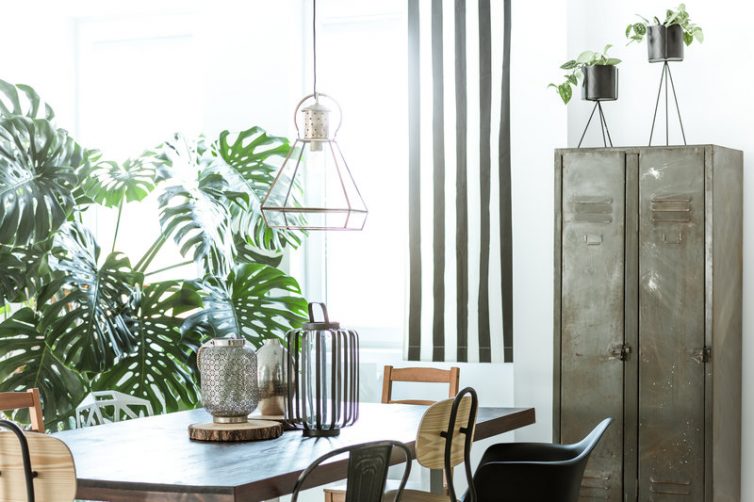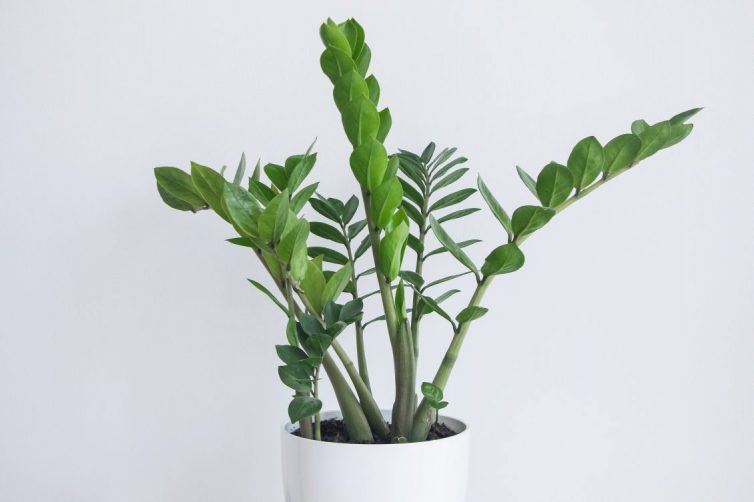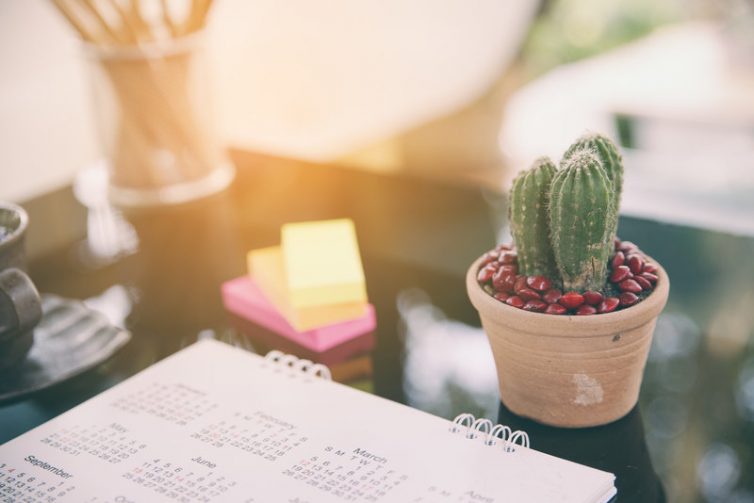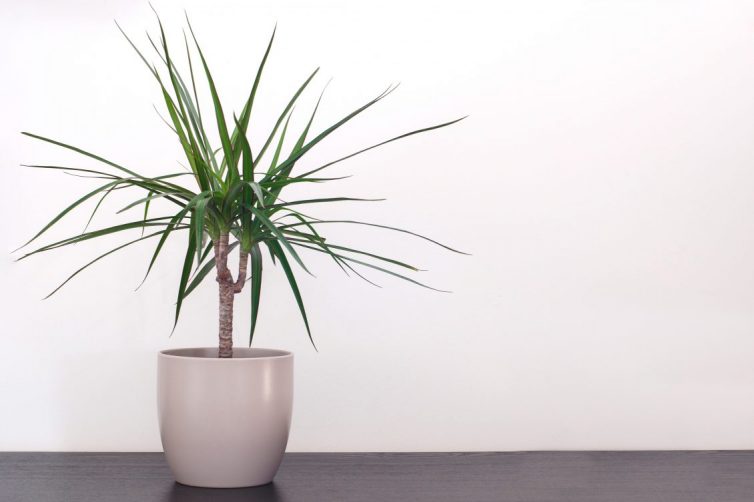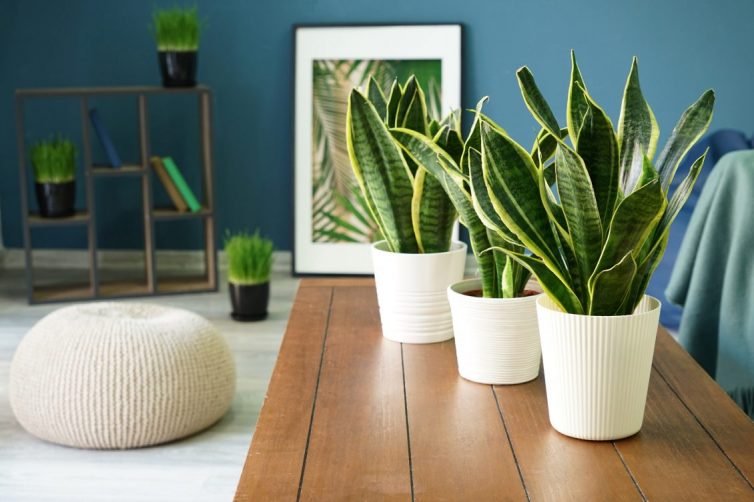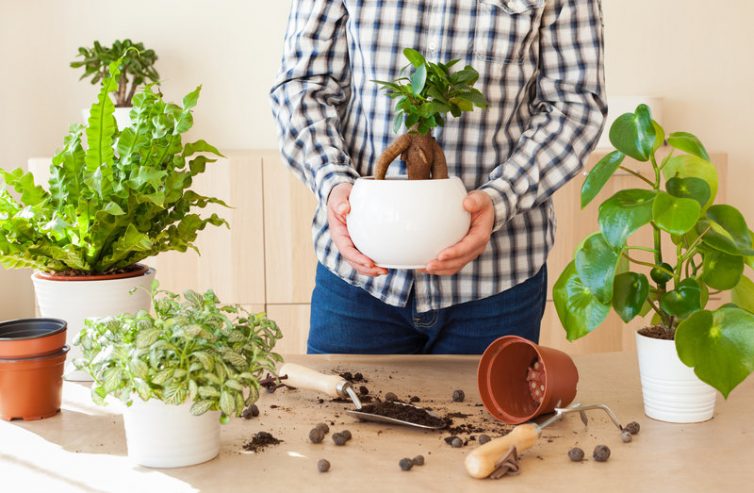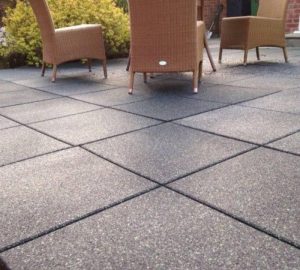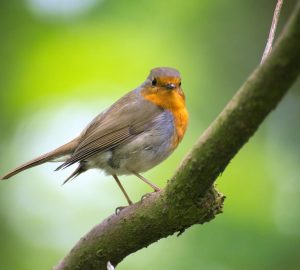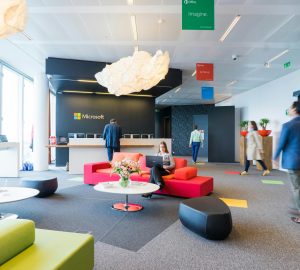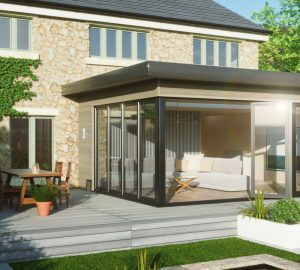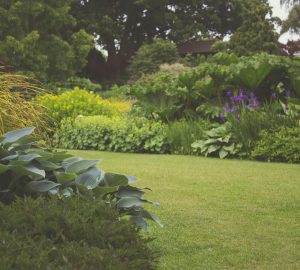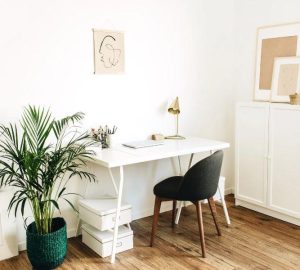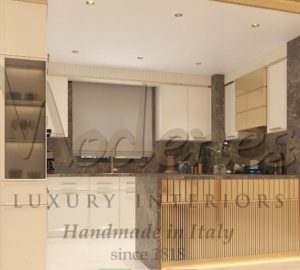There was once a time when the office was a place to put your head down and work, and the environment wasn’t considered at all.
However, over the years office planners have come to realise the workplace is more than just a dormitory for desks. Staff can spend more of their day in the office than any other activity other than sleeping. So, getting an environment that can boost morale and wellness among employees and have a creative atmosphere has become the goal of office planners.
The tech giants like Google and Facebook have led the way with their innovative office designs, where employees are given facilities to nurture creative thinking without strict rules and guidelines. Not everywhere can be like that, though, but some of the innovative ideas are being adopted in office designs throughout the country. With amenities such as meditation areas and coffee bars are becoming more commonplace.
Cutting edge office designers are embracing the plant-based biophilic design philosophy. The design ethos works to enhance the working environment by using nature-inspired textures and shapes, and featuring living plants, not just as accessories but as integral parts of the office design. Having green spaces and plants in and the office is no longer a trendy fashion statement but a necessity in a high profile and productive office.
Nature Takes Over
This new thinking is not just about indoor office plants, but about adding greenery in unexpected ways. One of the latest trends is to cover walls with moss, or other plants to create a connection with nature within an office space. There have been many scientific studies proving how a green workspace benefits employees, and in turn their employers.
In 2010, a study by Sydney’s University of Technology discovered significant stress reductions in workers surrounded by plants in their workspace. The figures were pretty amazing, with a reported 37% reduction in anxiety, a 58% fall in depression, a 44% decrease in hostility and anger, and a 38% fall in fatigue. The study goes to show that even one plant can give an uplift to wellbeing and performance.
That performance increase was mirrored in a study by the University of Exeter, which showed a 15% productivity increase in work environments with one plant per square metre. Researchers say that if an employee can see a plant from their desk, the psychological effect will make them happier and work better.
Feeling better about yourself in the workplace has a direct correlation to a reduction in absenteeism and sickness. A 1990 study in Norway saw a 25% reduction in symptoms of ill health in offices and workplaces where there are plants and greenery.
The psychological effect of working in an office with planting can be seen even before people are employed. Renowned organisational physiologist Sir Cary Cooper explains that a third of people looking for a job consider workplace design when deciding to take a position.
The work environment is becoming a crucial factor in attracting talent to a company. Just look at the earlier example of the big American tech giants; all of them spend billions of dollars on workspace design. In a tight job market, a pleasant green work environment can pay dividends.
One thing we’ve known for a long time is that having living plants in an office improves the air quality. Plants thrive on carbon dioxide, the gas we give off when we breathe out. They use photosynthesis to absorb carbon dioxide and give off oxygen.
What we didn’t know until relatively recently is that plants also remove chemicals such as formaldehyde and benzene from the air, making it much cleaner and safer to breathe. Scientists have discovered that palms are the best plant in removing carbon dioxide, and just one specimen can reduce CO2 levels by up to 25 per cent.
More than twenty years ago, researchers at London South Bank University discovered that strategically placed planting around the edges and in the corners of offices created natural sound deadening. The distractive buzz of a typical office can be reduced by scattering planting around a workspace.
All these elements add up to a workspace where employees can be 15% more creative than those who don’t have a green environment. Attention restoration theory suggests that a natural environment, or just pictures of nature, are enough to shift the human brain into a mode where we are more relaxed and able to concentrate better.
Putting it into Practice
Every workspace is different, so there is no one answer fits all solution to greening the office and improving the creative environment with plants and living walls. You must first look at the amount of natural light the area has. Choosing the right type of planting for an office depends upon the orientation of the building, and how much natural light each workspace will get during the day. A compass app on your smartphone will help discover how each workspace is aligned, and those that are west or south facing should get more sunlight.
It will also show you where there is likely to be more shade and indirect sunlight within the office environment. This is critical in choosing the right type of planting for each area. Plants within an office play three main roles, to fill a space, to frame space, or follow a space. With that in mind you can then decide on the shape, size and density of the greenery you will need for each area of the workspace.
Don’t forget plants are living organisms, and they need to be fed and watered like the rest of us. It’s a good idea to get employee involvement in caring for the plants you have in the workspace. Set up a rota, so everyone takes a turn at caring for the plants, by watering them, deadheading, and feeding as necessary.
How Green is My Workspace
There are lots of plants you can choose to decorate an office or workspace. Picking the right one for the right location is a little more problematical.
Here are some suggestions for plants that will thrive in different areas within a work environment.
Aspidistra Elatior
A perennial favourite, and one of the plants associated with Victorian homes, the Aspidistra Elatior is well nicknamed the ‘cast iron plant’. It is one of those plants that can get along without much care and is forgiving when it comes to not being watered enough or getting enough sunlight.
Monstera Deliciosa
A lot of plants that we have in our homes and offices are originally tropical and prefer the warmer and more humid conditions you find indoors. The Swiss Cheese plant as it is known enjoys room temperatures, and will work in areas that are not air-conditioned, and have airflow from the outside.
Zamioculcas Zamiifolia
This plant is native to East Africa and is sometimes called the Zanzibar Gem. Although it does not grow very tall, it is ideal for dark corners as it has excellent tolerance for shaded areas.
Howea Forsteriana
The Howea Forsteriana is another of the great Victorian houseplants. With the discovery of new species, this Australian flowering palm became one of the most popular plants grown in Victorian society homes. Although slow-growing, they can grow 10 foot tall, and with the broad reach of the leaves can fill up space.
Pachycereus
An office would not be complete without some form of cactus. The Pachycereus is native to Mexico and thrives in desert conditions. It’s an easy option for a workplace environment as it doesn’t need to be watered very often. As with a lot of cacti, it can get the water it needs from the air.
Dracaena Fragrans
This tropical plant from central Africa is sometimes known as the Corn Palm due to its flowers looking similar to the cornflower. As a large-leafed palm, it can be used in a working environment to filter hazardous airborne chemicals such as formaldehyde and benzene found in cleaning products.
Sansevieria Trifasciata
As a native of West Africa, the Sansevieria Trifascatia is one of several long-leaved plants that have been proven to filter air. A NASA study found that the snake plant as it’s called, and filter four of the five known pollutants that cause ‘sick-building’ syndrome. The plant is highly recommended to be part of the planting in any office or workspace.
Tips for Successful Greening
With many offices, nothing more than four walls with windows, planting of any description can break up the monotony of straight lines, bringing an organic symmetry to the space. Putting planters in corners and beside windows break up the space, and makes small areas look and feel bigger. Placing next to windows gives the impression the outside has come into the workspace.
Try and go with a natural look for planters and pots. Use as much natural material such as wood and bamboo to remind staff of the natural world outside.
Mix and match plants as much as possible to recreate the allure of nature. Make an effort to create a natural randomness in the way plants and shrubs are potted. The more natural the planting, the more calming and productive it can make the workplace.
Here are some successful applications of green offices in business:
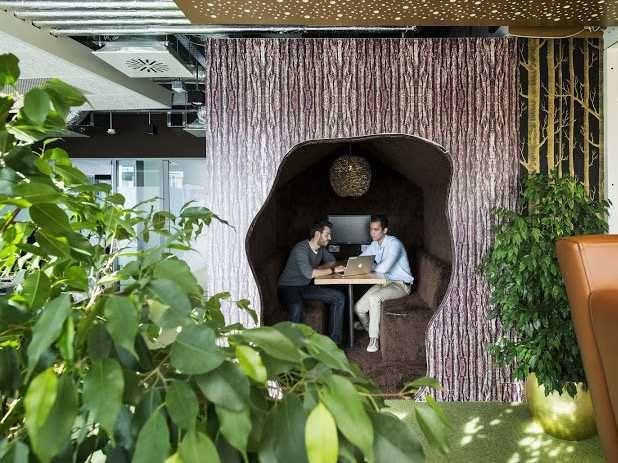
Google – Dublin
There is an entire floor of the Google offices in Dublin dedicated to plants and wooden furnishings. It is known as the ‘green floor’ and is a place where staff to get relax and think.
Innocent
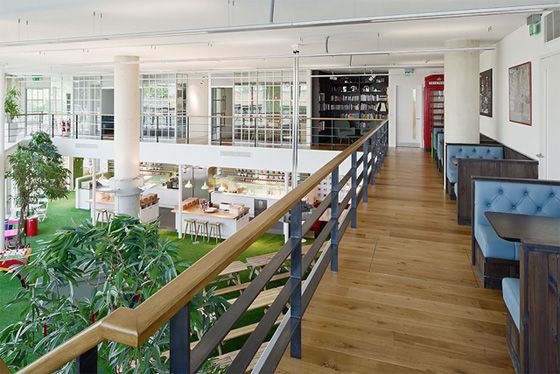
The company that makes smoothie drinks has an entire office carpeted with fake grass. There are trees and plants throughout the building, and even picnic tables in the lunch space to give an outdoor feel.
Skype
The messaging giant Skype has its head office in Palo Alto in California, just south of San Francisco. The meeting rooms have been styled like sheds with wooden benches and grass rugs to give an outdoor feel to that part of the campus.
